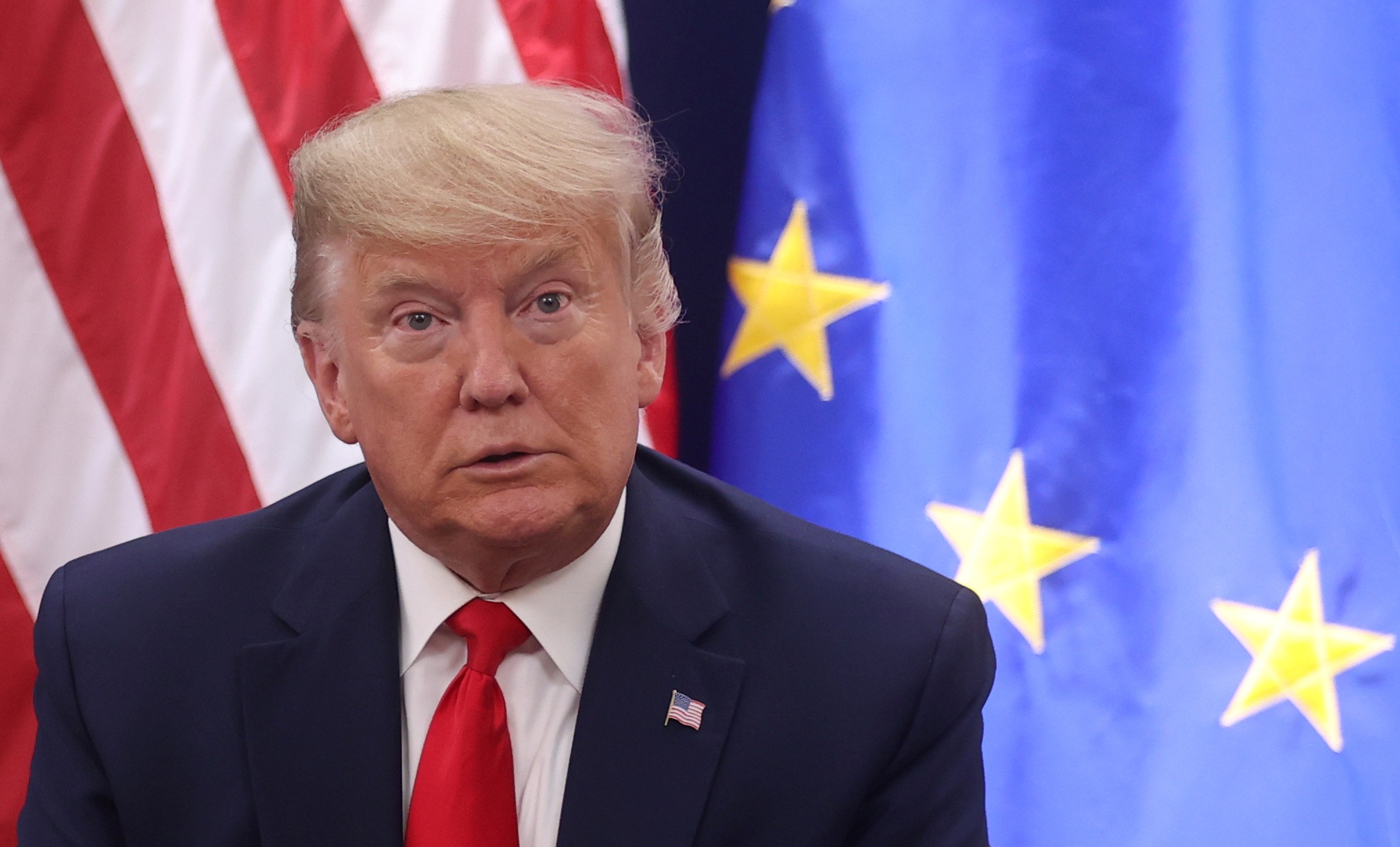If no agreement is reached before 9/7, goods originating from the European Union (EU) imported into the US could face tariffs of up to 50%. Europe's retaliatory measures targeting a range of US products, currently suspended, are expected to be reactivated.
According to the European Council (EC), the US-EU trade relationship is one of the most significant globally, accounting for approximately 30% of total world merchandise trade. The most traded goods between the two include pharmaceuticals, road vehicles, and petroleum products.
In 2024, total trade between the US and the EU reached about 1,680 billion euros (1,980 billion USD). The EU recorded a surplus of 198 billion euros in goods but a deficit of around 148 billion euros in services. This resulted in a net trade surplus of approximately 50 billion euros for the EU compared to the US.
Former US President Donald Trump repeatedly criticized the trade balance between Washington and Brussels as unfair, claiming the EU was taking advantage of the US.
 |
Former US President Donald Trump meets with EC President Ursula von der Leyen in 2020. Photo: Reuters |
Former US President Donald Trump meets with EC President Ursula von der Leyen in 2020. Photo: Reuters
To date, trade negotiations between the US and the EU have progressed slowly and faced numerous obstacles. Trump's threat of 50% tariffs on European goods stemmed from his complaints about the bloc's difficult negotiating stance.
The US has long criticized European regulations on agricultural products and food, designed to prevent the import of hormone-treated beef and chlorine-washed chicken. However, experts believe the EU trade delegation will not compromise on this issue.
Another point of contention for Trump was the value-added tax (VAT) levied by European governments, which he argued burdened US companies.
CNBC, citing sources close to the matter, reported that the EU's most realistic hope is to achieve a politically symbolic "framework agreement" with limited details.
European Commission (EC) President Ursula von der Leyen seemed to acknowledge this. "We are working towards an agreement in principle," she stated on 3/7, admitting that reaching a detailed agreement within 90 days was "impossible." Von der Leyen also emphasized, "If no agreement is reached, all options will be considered,".
EU Trade Commissioner Maros Sefcovic described a "productive" week of work in Washington. "Things are still in progress. Our objective remains the same: to reach an ambitious and beneficial trade agreement with the US," he said.
US Treasury Secretary Scott Bessent expressed caution when asked about the possibility of reaching an agreement before the deadline. "We’ll see what we can do with the EU," he told CNBC on 3/7.
Experts also doubt the likelihood of a comprehensive agreement in the short term. "A truly detailed agreement runs into thousands of pages. The most likely scenario is a framework document like the US-UK one, but with different content," said former US Ambassador to the EU Anthony Gardner.
Carsten Nickel, CEO of consulting firm Teneo, suggested the best outcome for the EU would be a preliminary agreement to extend the negotiation period. He believes the EU might accept a base 10% US tariff, followed by further negotiations on sector-specific exceptions. Most EU goods currently face a general 10% tariff, while cars and car parts face 25%, and aluminum and steel 50%.
However, Nickel cautioned that any short-term agreement would remain precarious. "Any deal reached ahead of the deadline will require further negotiations. There’s always a risk the US changes its mind, loses patience or pivots to other options," he stated.
He also doubted the EU would retaliate if the US imposed higher tariffs the following week. "I don’t think the EU will retaliate immediately, and even if they do, they’ll do it cautiously," he said.
Ha Thu (Reuters, CNBC)












